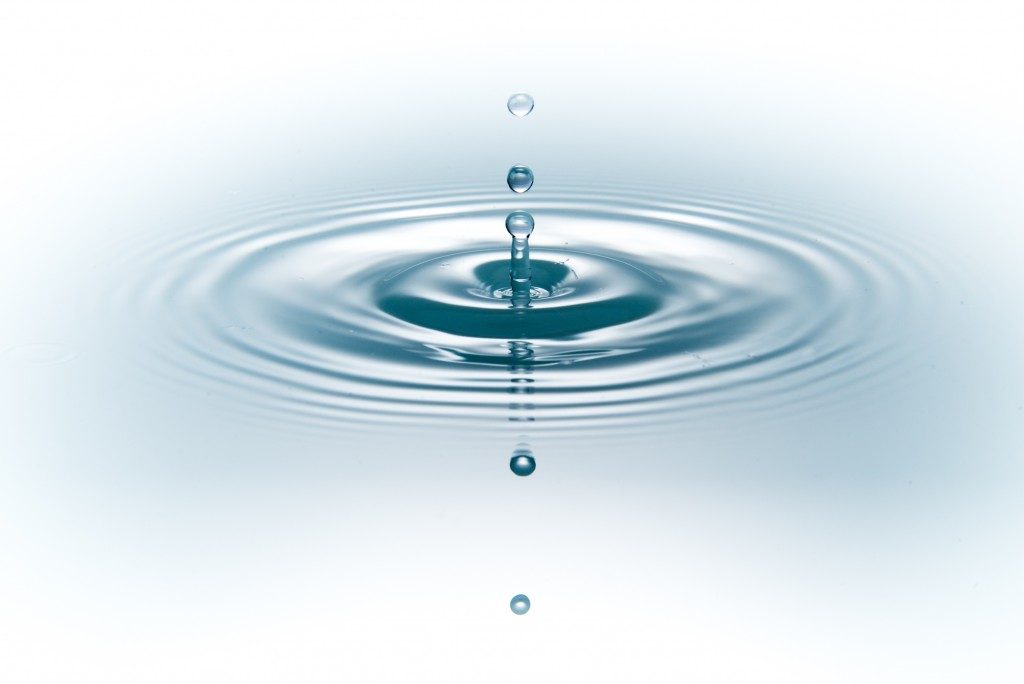Hard water coming straight from underground sources usually has certain components (specifically calcium, magnesium and other metal cations) that cause limescale build-up in the pipes, which is harmful for plumbing. By softening the water, the components that make it “hard” are removed, so the water can go through the pipes without causing limescale.
There are several ways to soften water, and here are some of the most popular methods:
Ion-exchange
The main type of water softeners used to treat household water supplies are ion-exchange water softeners. These softeners have an ion-exchange tank that contains resin beads coated with potassium or sodium ions, which will replace the calcium and magnesium ions in the hard water. Ion-exchange water softeners can also remove certain types of iron that are in the water supply.
An ion-exchange water softener has to be ‘regenerated’ regularly to replace the used softening ions and flush out hardness ions. If the water has high chlorine levels, the resin beads in the softener can disintegrate and even break the filter in the tank. To combat this, the water softener should have 10% crosslink resin beads, which can tolerate chlorine better than the average beads that have 8% crosslink.
Reverse Osmosis (RO)
The reverse osmosis method removes harmful hard water components by forcing the water through several filters that are fine enough to filter out all the hard water molecules.
This method may not be entirely safe for plumbing though, since the hard water in domestic RO systems will still pass through the water heater and hot water systems where it can lead to limescale build up in the pipelines. It would also take at least two gallons of hard water just to produce a gallon of softened water. Aside from removing the undesirable “hard” minerals, RO systems would remove all of the other nourishment and minerals from the water. It also needs to be back-washed and cleaned regularly.
Chelation

Chelation is used to condition the hardness-causing ions in hard water so they would not combine with other chemicals to form limescale. This is a popular treatment method for commercial applications, such as in restaurants, laundromats and factories, and has become available for household use only recently.
This is different from most water softening methods because it does not remove the hardness ions in water. Chelation merely changes their charge to make them less reactive with the other chemicals present in hard water. Active ingredients in chelating agents (e.g. food-grade citric acid or polyphosphate) isolate magnesium, calcium, iron and manganese ions to prevent them from reacting with each other to form limescale.
When consumed, water conditioned through chelation could still provide the benefits that calcium and magnesium ions offer and no water will be wasted in the process. Maintenance is also negligible in chelation, which could save costs for maintenance and water softener repair.
Keep in mind that water softening should not be mistaken as a process that makes hard water potable. The water softened through any of these methods are not immediately guaranteed safe to drink.






